Looking back on 2017, Australia’s clean energy industry can report the biggest year it has seen in a decade.
According to the Clean Energy Council (CEC), the last year’s high score came as a combination of factors, the strongest of which was a record rooftop solar PV uptake that amounted to 1.1 GW.
Approximately 700 MW of new large-scale renewable projects were added last year, while utility-scale wind and solar project activity pushed investment in Australia up 150% to a record $9 billion in 2017, and early in 2018, finds the CEC report titled Clean Energy Australia.
Significant growth was also seen in the medium-scale solar sector, with 131 projects adding 53 MW of new capacity. According to CEC, there is now 167 MW of cumulative capacity in the medium-scale solar sector, representing an increase of more than 500% over the past five years.
A total of four large-scale solar PV projects came online in 2017, placing the accumulated large-scale solar PV capacity at 450 MW, up from a mere 34 MW in 2014, while 21 new projects were under construction at the end of 2017.
In the wind sector, 15 new farms were either under construction or financially committed at the end of the year, and 547 MW of new capacity was added, putting the total installed across the country at 4816 MW.
Wind and hydro contributed almost identical amounts of power to the electricity system for the first time, with each accounting for just over a third of the renewable energy generated during 2017 and 5.7% of total national electricity generation, shows the report.
But, what is even more impressive than the last year’s stats is the pipeline of large-scale wind and solar projects, comprising more than 5300 MW of new generating capacity i.e. 50 projects that were under construction or scheduled to start in the near future, set to attract $10 billion in investment and create 5750 direct jobs.
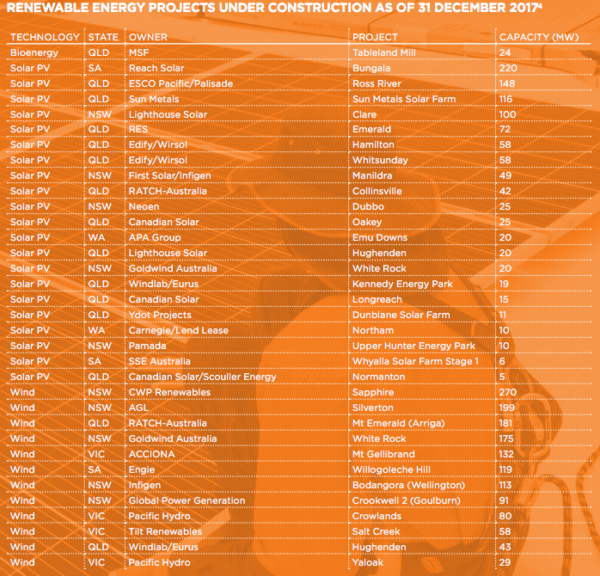
With all the boxes ticked, the Clean Energy Regulator announced there will be sufficient renewable energy connected and generating on Australia’s electricity networks to meet the mandated target of 33,000 GWh by 2020 – although at the beginning of 2017, just over a half of the target had been met.
Meanwhile, household battery activity accelerated as the installation of the world’s largest lithium-ion battery in South Australia thrust energy storage into the spotlight. According to SunWiz, 12% of the 172,000 solar power systems installed in 2017 included a battery, up from 5% the year before. More than 40% of the national storage installations occurred in New South Wales.
Although the electricity prices are expected to remain high – the national average annual residential electricity bill in 2016-17 was $1424 up from $1296 in the previous financial year – as more wind and solar come online over the next two years, power prices are expected to fall just over 6% on average, as predicted by the Australian Electricity Market Commission.
This content is protected by copyright and may not be reused. If you want to cooperate with us and would like to reuse some of our content, please contact: editors@pv-magazine.com.
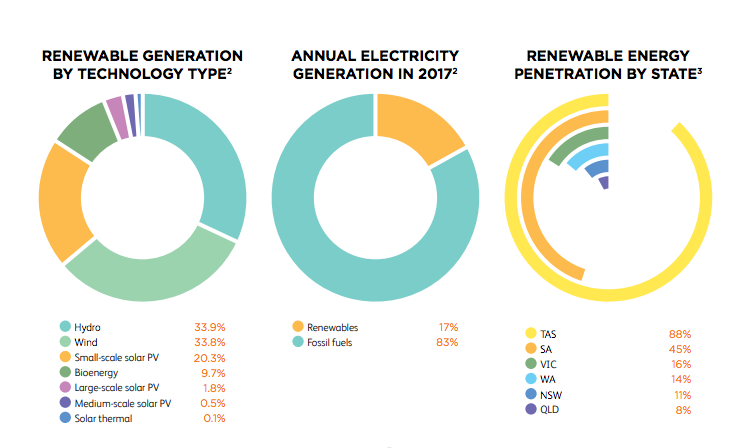
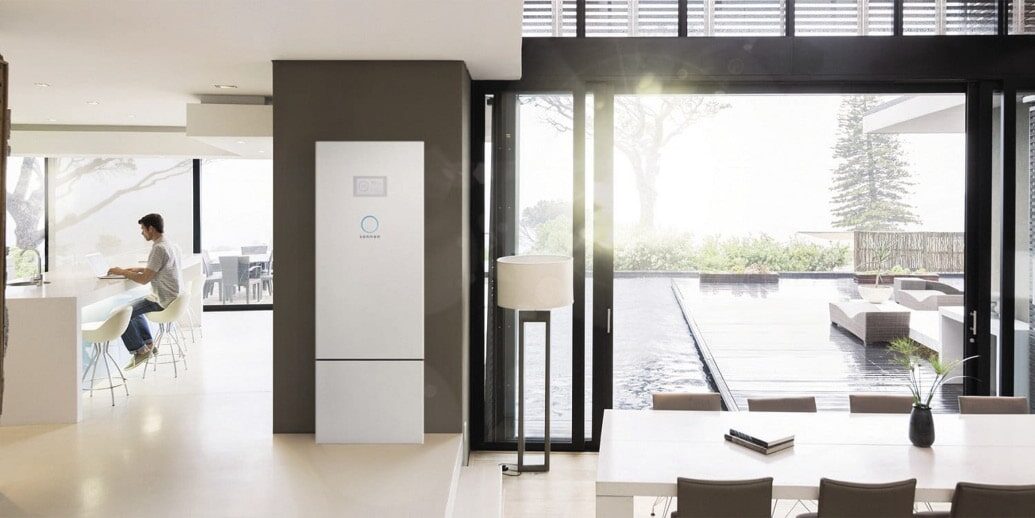


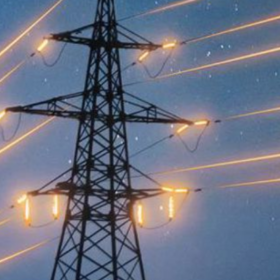
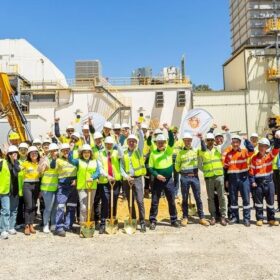
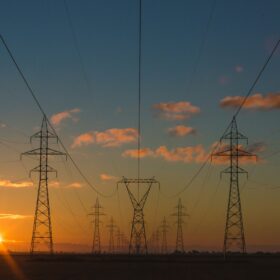
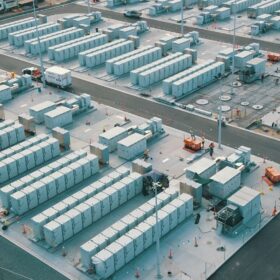
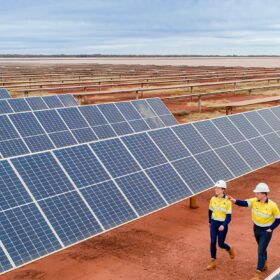
1 comment
By submitting this form you agree to pv magazine using your data for the purposes of publishing your comment.
Your personal data will only be disclosed or otherwise transmitted to third parties for the purposes of spam filtering or if this is necessary for technical maintenance of the website. Any other transfer to third parties will not take place unless this is justified on the basis of applicable data protection regulations or if pv magazine is legally obliged to do so.
You may revoke this consent at any time with effect for the future, in which case your personal data will be deleted immediately. Otherwise, your data will be deleted if pv magazine has processed your request or the purpose of data storage is fulfilled.
Further information on data privacy can be found in our Data Protection Policy.